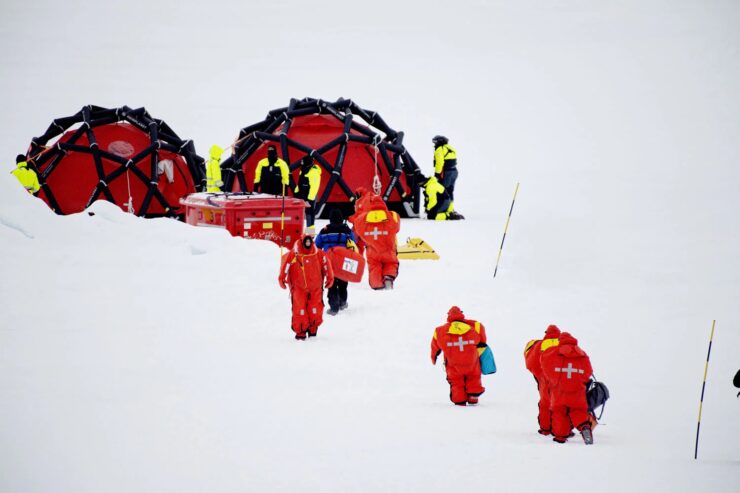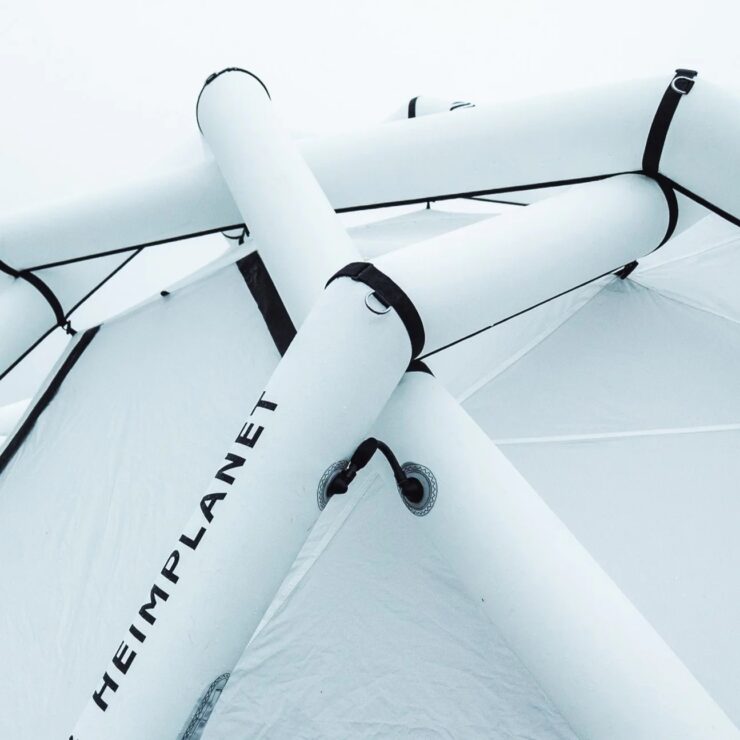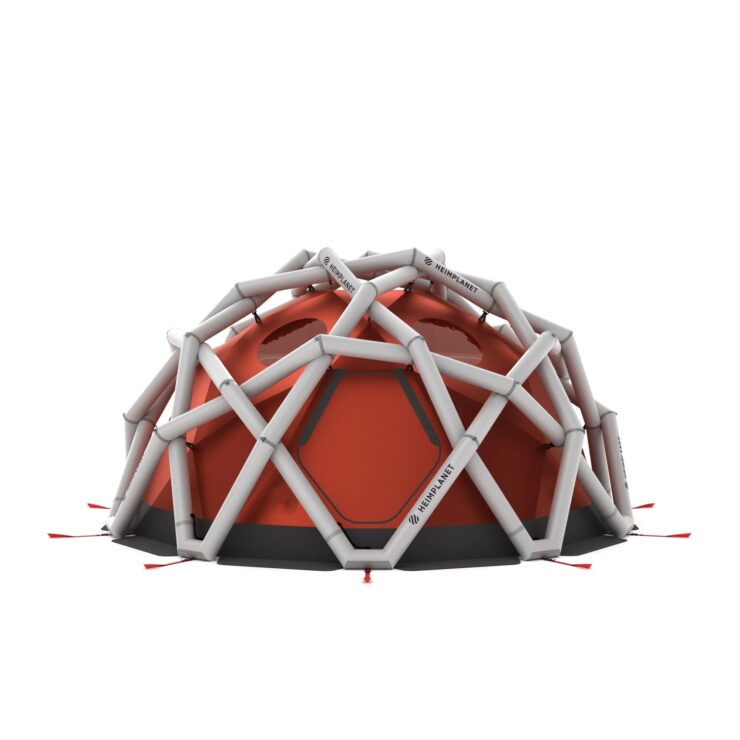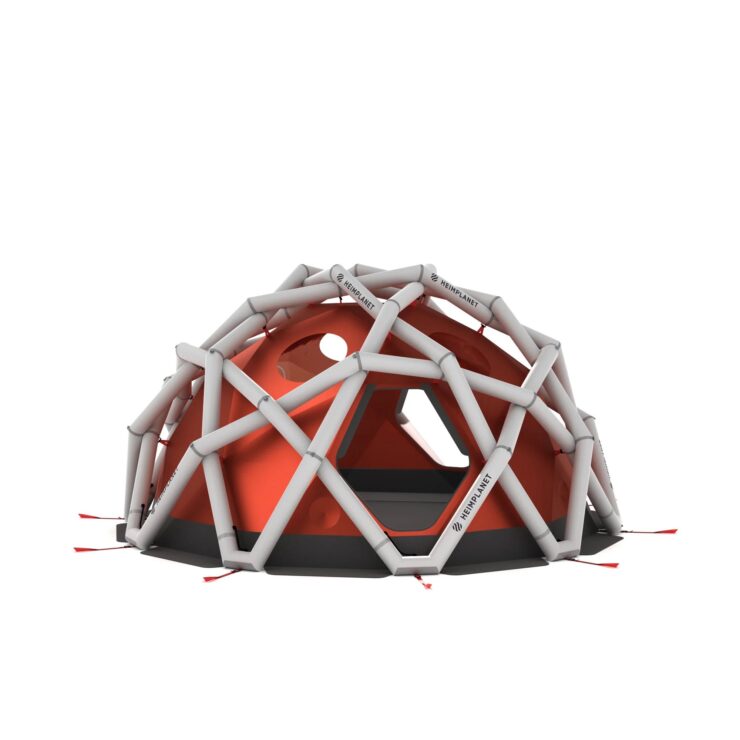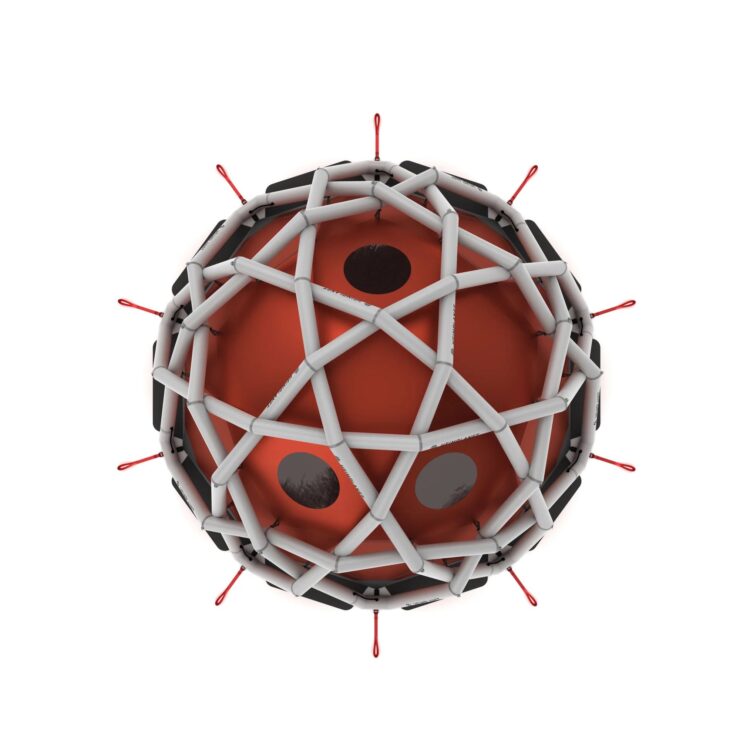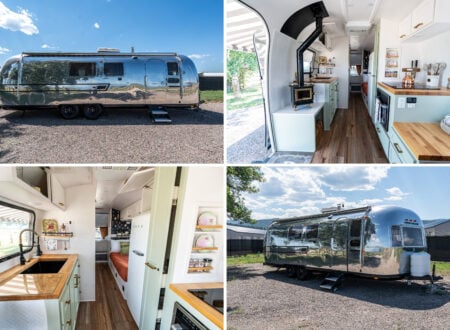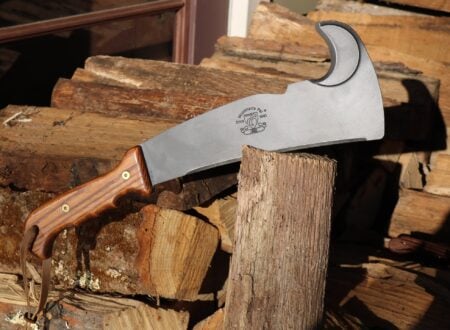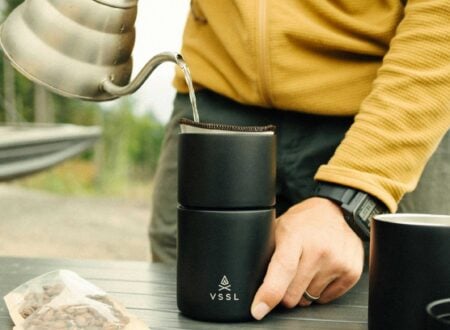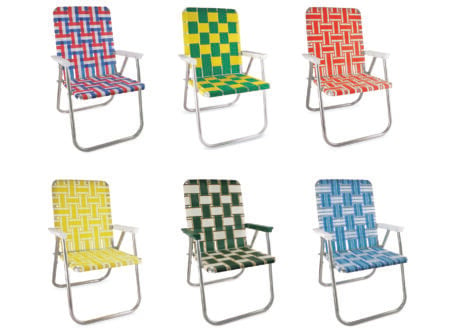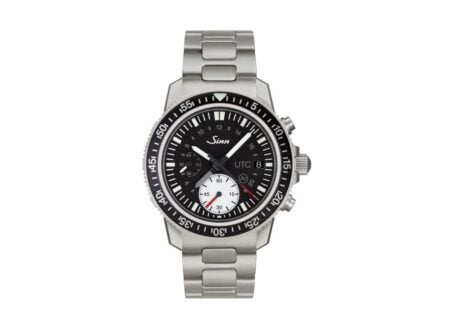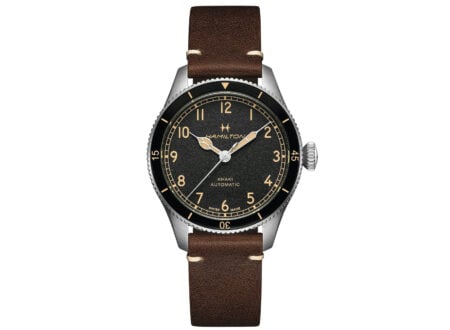This is the Heimplanet Mavericks Basecamp, it’s a large tent that can be set up in less than 10 minutes by a single person, once erected it can accommodate 10 or more people and withstand winds of up to 180 km/h (112 mph).
The secret to the wind resistance of the Mavericks Basecamp isn’t much of a secret at all, Heimplanet is a German company that specializes in developing inflatable tents that use pneumatics, or air pressure, to stay up and to flex, sway, and bend with the wind.
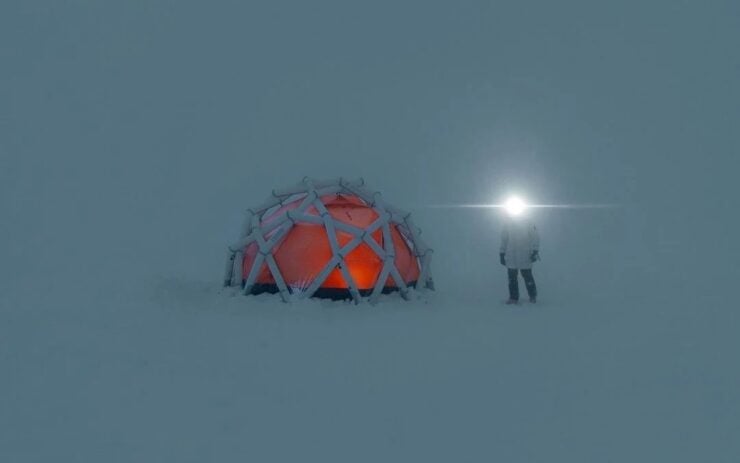

Now of course, as soon as you mention an inflatable tent the first question people have is typically, what do you do if there’s an air leak. Well, as you might expect, you treat any tent puncture the same way you would treat a tire puncture – you patch it, re-inflate, and carry on as normal. Heimplanet does note that punctures are rare, but each tent comes with a patching kit just in case.
Heimplanet was founded in 2011, but the concept began in 2003, when a group of friends were on a surf trip along the Portuguese coastline and found themselves having to set up and take down complex tents with various poles each evening.
They discussed designing a “a tent from the future” that could be set up quickly and easily by a single person, it would also need to be simple, lightweight, and highly wind resistant.
The first Heimplanet tent was the Cave model, a version of which remains in production today. All Heimplanet tents use an Inflatable Diamond Grid (IDG), a self-supporting geodesic dome air frame, and they have a minimum of two separate inflatable beams, meaning if one does lose air pressure the other can keep the roof up for you.
The company now has a number of tent models in production, the smallest being the Fistral, above that is the Kirra, the Cave, Cave XL, Backdoor, Cloudbreak, and finally, the Mavericks Basecamp.
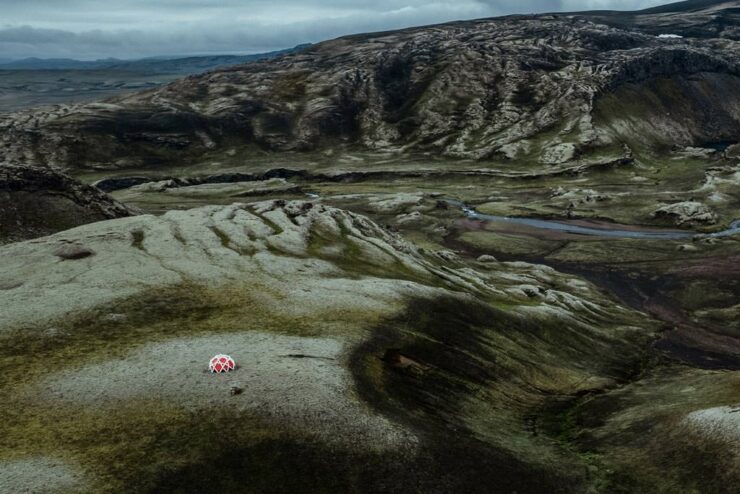

The Heimplanet Mavericks Basecamp
The Heimplanet Mavericks Basecamp is the top of the line model from the German company, it’s also the largest, measuring in with 14.5 m2 or 156 ft2 of floor space, with a ceiling height of 1.95 m or 6.6 ft, and sleeping space for 10 or more adults.
The tent has a total weight of 29.7 kgs or 65.93 lbs including the groundsheet. The tent has a 100D polyester rip-stop PU flysheet, a 210D nylon PU groundsheet, and a 140 HPE Dacron TPU airframe.
Either a manual or electric air pump can be used to set the tent up, the manual pump is typically the slower method though you never have to worry about running out of batteries, and even then it typically takes less than 10 minutes.
Due to the tent’s high wind-resistance it was used in the RedBull Storm Chase, the world’s most extreme windsurfing challenge, where teams travel to high-wind locations repeatedly and need tents that can withstand it day after day.
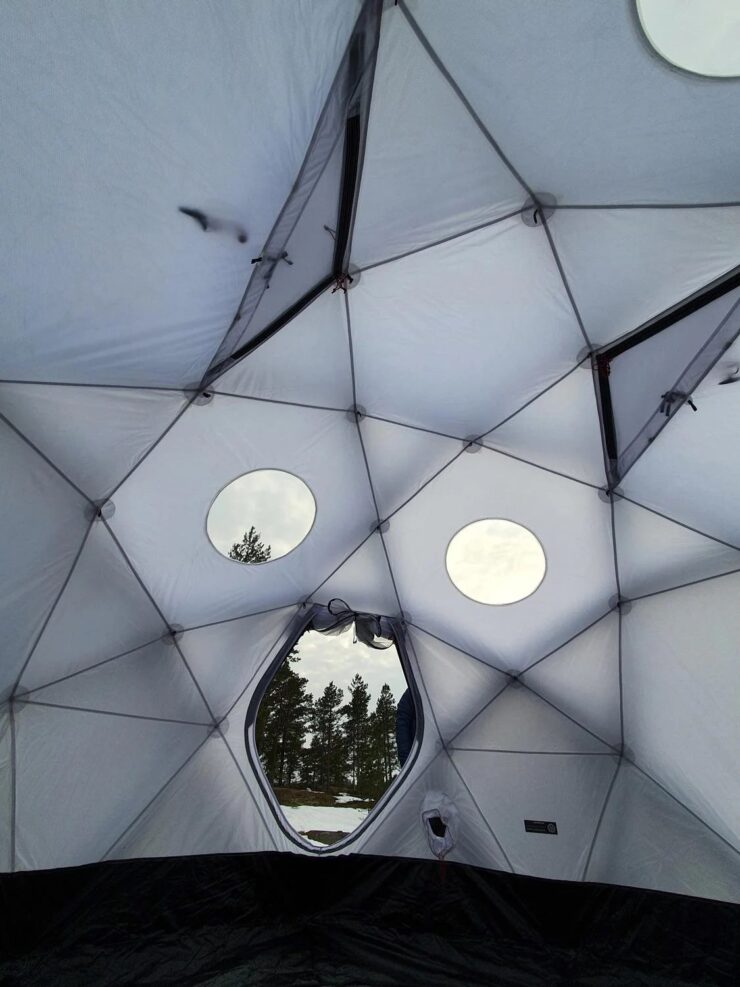

Perhaps the key downside to the Mavericks Basecamp for many is the price, it doesn’t come cheap, retailing for €5,499 or approximately $5,952 USD. Heimplanet offers a lifetime warranty on their tents and they explain that if there is a manufacturing defect they will repair it free of charge, and in other cases they will offer a repair for a reasonable fee.
